In life, resilience is one of our most important traits. It is a skill; a skill we celebrate and aspire to have when things get tough. In business, resilience allows you to continue serving your customers and preserve the reputation of your brand. It helps save jobs and ultimately it keeps you and your team in a strong and healthy place to respond, and when required resume and restore business. Resilience is a critical trait for business continuity.
I know a thing or two about resilience. Unfortunately, or depending on your perspective, fortunately, before the COVID-19 pandemic, I had already experienced three disruptions impacting my Supply Chain: A natural disaster, a WMS implementation gone wrong and a Cyber-attack. For each, I carry the memories but also the valuable lessons learnt. I am therefore unapologetic when stating that risk mitigation is important in the process of building business resilience.
Resilience is an outcome
If you Google “Business Resilience”, you are likely to arrive at this definition:
‘The ability to adapt with strength and quickly to disruptions while maintaining business continuity’
According to KPMG Business resilience planning is a sound commercial investment where the benefits far outweigh the costs. Overall, the realisation that resilience is important is now more relevant than ever but it shouldn’t take the crisis to put us to the test.
Business resilience, like personal resilience, is an outcome. It is not a noun, it’s a process and as with any outcome, it requires action and intent.
Accept that things can and will go wrong
We build resilience when we begin to accept things can go wrong, instead of ignoring them and being at the mercy of fate. In business, this means that you consider bad things can happen during the course of a project, day-to-day operations or during the management of your supplier contract. Anything is possible from network outages, strikes, floods, freight capacity constraints and the one we’re all facing now, Pandemics.
According to the Allianz Global Risk Barometer (2020), these are the top 10 risks for global business disruptions:
- Cyberattacks
- Business interruption
- Changes in legislation and regulation
- Natural catastrophes
- Market developments
- Fire, explosion
- Climate change
- Loss of reputation or brand value
- New Technologies
- Macroeconomic developments
Early in my career when writing business continuity plans (BCP) we mostly considered natural disasters as the most probable disruption. Nowadays, Cyber attacks have topped the list with companies offering support around building Cyber resilience. Despite this, the quintessential plan in Supply Chain BCPs is still manual order processing. I’ll be the first to admit that writing BCP’s is terribly boring and testing them is even worse. But I’m thankful for having been in the medical device industry, because of legislation governing it, made the process compulsory.
Nevertheless, our BCPs were incomplete. BCPs help pass audits and support business tenders but there was always a question as to how practical they were. Ultimately this question was answered in 2015 when half or our Warehouse roof collapsed after a major hailstorm. Manual order processing wasn’t the solution. In that disruption, physical and system segregation of our medical products was a pre-requisite for business continuity and our Supply Chain with the support of our IT and Quality Team, in conjunction with our 3PL provider, we were able to restore warehouse operations via modifications to our ERP system. Embrace disruptions by preparing for them.
Identify what can go wrong
Accepting that things can go wrong is the first step, however, more important is to follow with a thorough and methodically identify likely points of risk and failure. It’s a case putting on the black De Bono hat and going to work. Identification of disruptions can be complex because capturing all potential weaknesses is almost impossible. Instead, you may be able to identify the critical few threats that you are most vulnerable to. In other words, ask yourself; what is your chain’s underlying pre-conditions? Where are your biggest dependencies? How are your organisations monitoring threats? How long will your oxygen tank last? Are you relying on sole service providers? And how will you communicate internally and externally? Because everything you say can be held against you. These critical scenarios serve the basis for a risk map that needs to be developed and planned for.
When I led a warehouse site consolidation project, we ran a similar risk profile exercise. We held an all-inclusive workshop with multiple stakeholders covering most of the points above, from that session various mitigation plans were put in place. That consolidation went very well and business resilience emerged as a result of prevention.
Act. Make this operational
McKinsey suggests the creation of a Resilience Nerve Centre. I like that concept. It isn’t uncommon to create a response team that exists in times of both war and peace. Response teams should exist as part of your governance, be embedded as part of your culture and become a way of doing things.
Do you have designated Fire Warden and First Aid personnel trained and available to assist in the event of emergencies? Then you are familiar with the concept. Both response groups exist because you have a duty of care to provide them. Duty of care drives preparation. Business resilience is the duty of care.
Back to Mckinsey, they suggest the Resilience Nerve Centre would do the following:
- Monitor a small number of material risks and use stress tests to alert the company early toward downturn-related economic impacts
- Decide how the organization will manage these impacts faster
- Execute by organizing teams into agile, cross-functional units that drive toward clear outcomes, create forums for faster executive decision making, and monitor the results through value-based initiative tracking
Resilience Nerve centres, Premortem analyses, BCPs and even Supplier Agreements are only a few examples of the elements of a Toolkit that can support business resilience. The sole process of enabling preparedness shifts something in you. It makes you an author and drives accountability to support your organisation for unplanned disruptions, preserve the safety and elevate customer trust in your ability to respond with strength and speed to adversity.








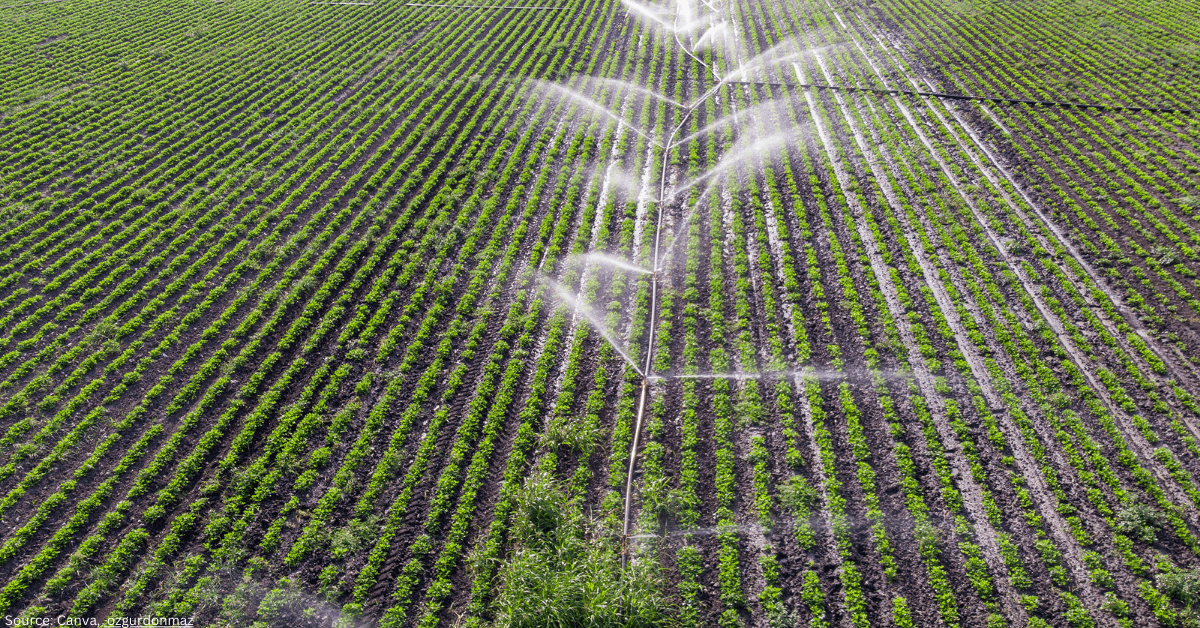


























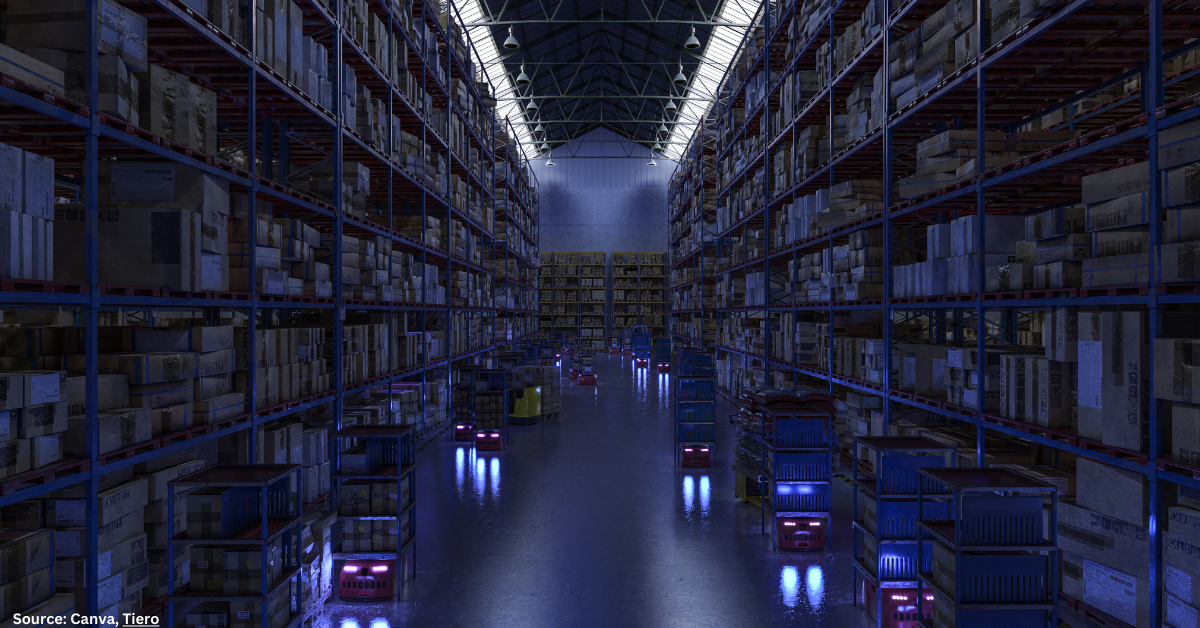
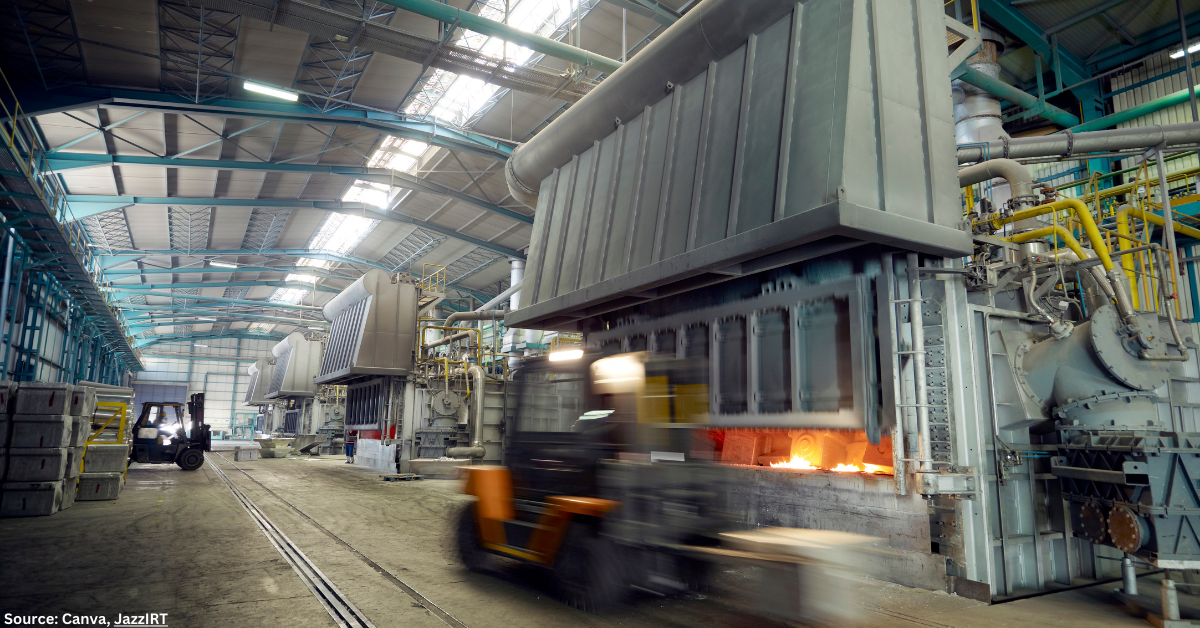









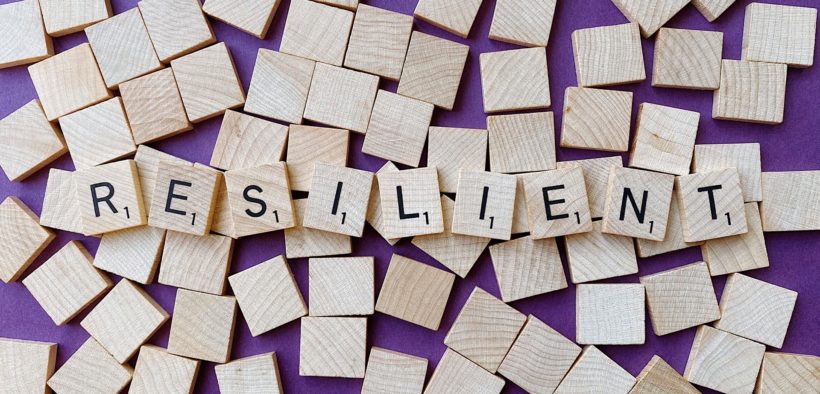






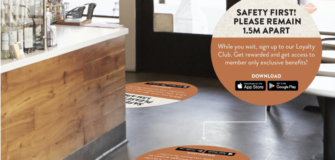
Follow us on social media